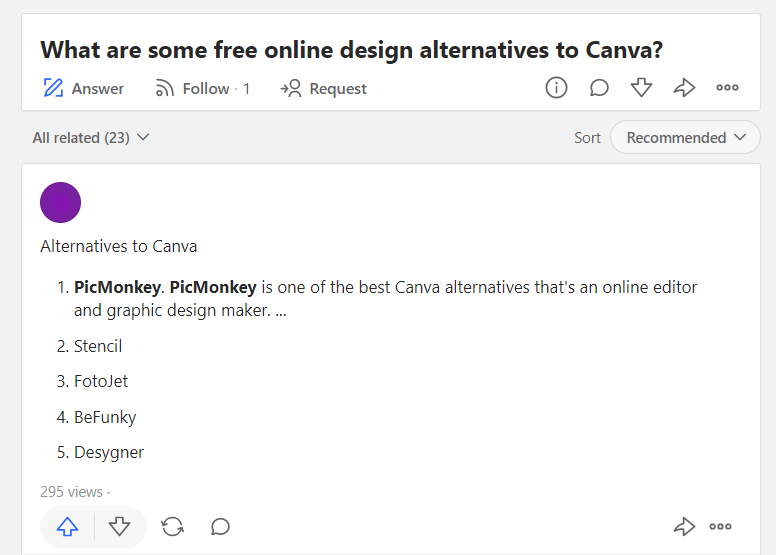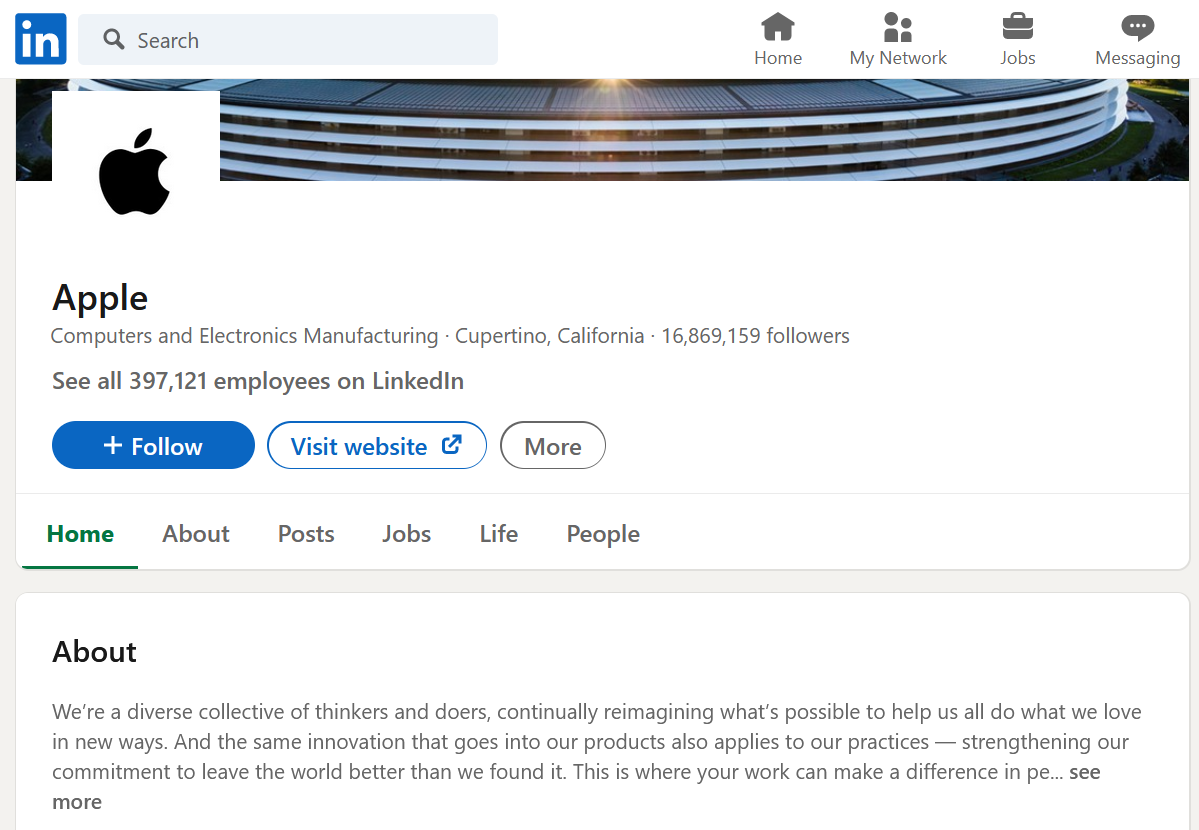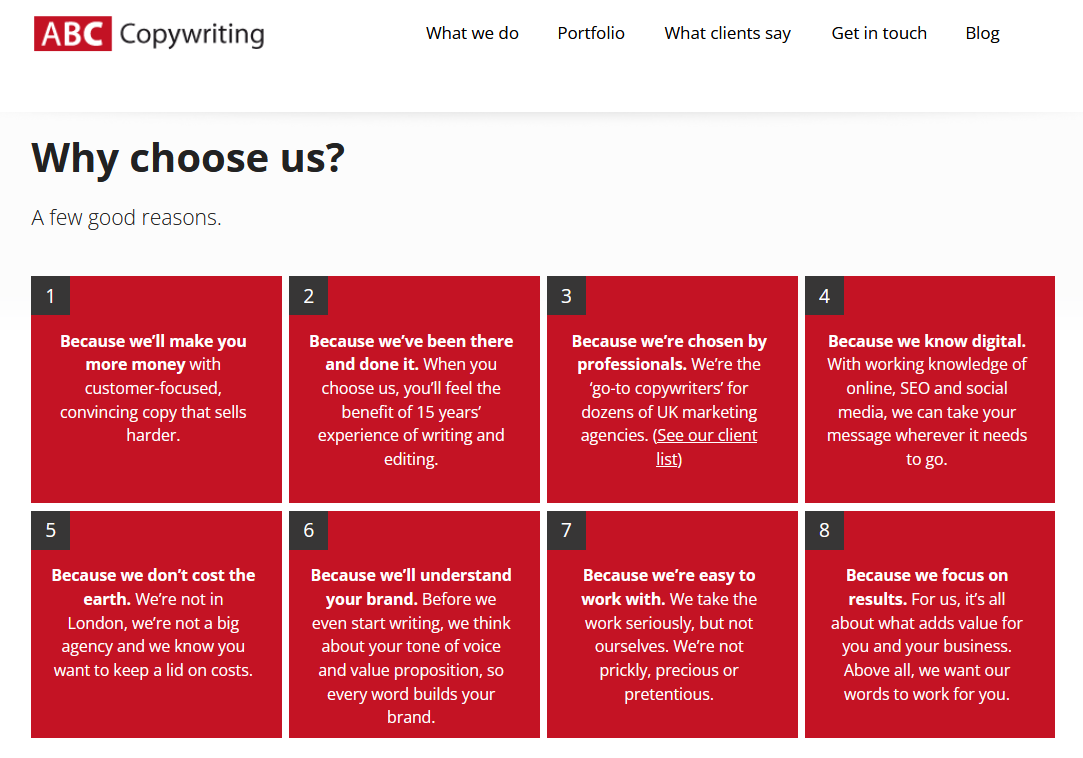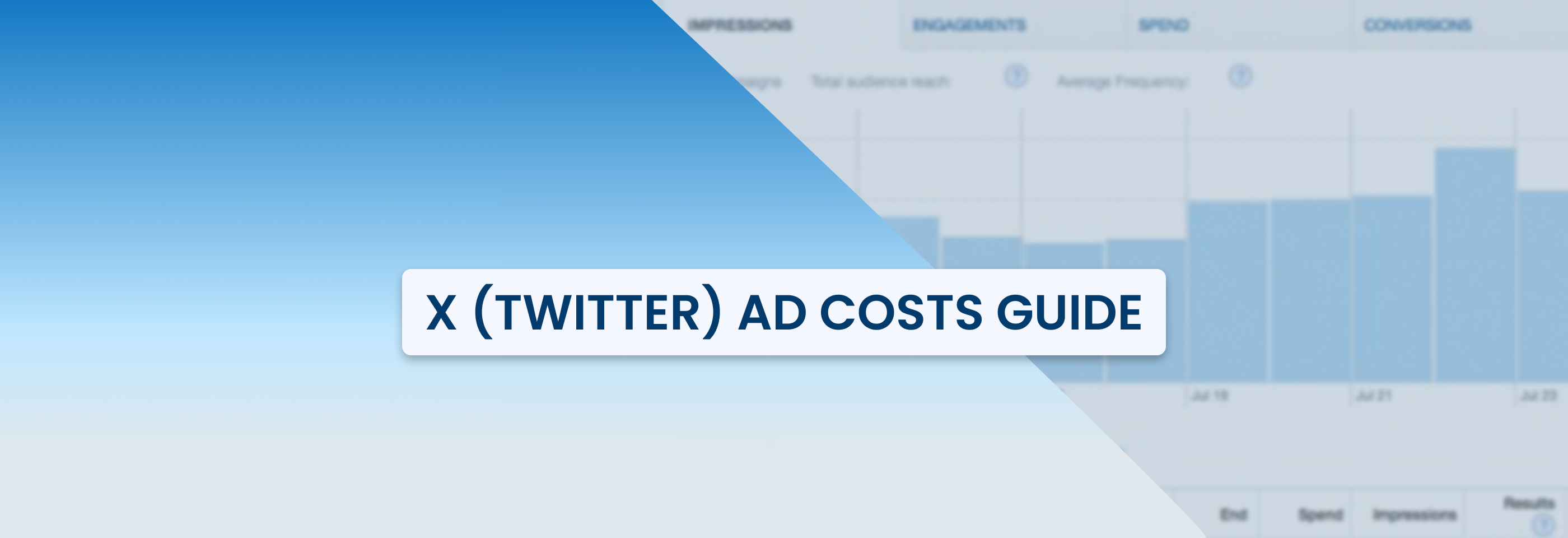Why Consumers Choose One Brand Over Another
2023-10-02

Your website is attractive and user-friendly, your ads have many clicks, your product is getting better day by day, but… your sales are not so impressive. In case you’ve checked everything properly and each step of a sales funnel functioning is satisfying, then it’s time to see whether your customers simply choose your competitors over you.
How many competitors are you aware of? More likely, two or three. Do you keep track of them? The answer is probably no. However, in case your competitors offer the exact same products but have specific benefits over you, it’s clear who your target buyer would choose. All in all, customers buy benefits.
Who are your competitors?
How to identify their benefits?
What are the ways to make your target buyer choose you?
We’ll help you find out.
How do you identify competitors?
What you need to remember is that a competitor is someone competing against you. So it’s not just a need, it’s a necessity to understand what makes your competition.
First, you need to discover who your competitors are, then what they offer, and then it will be possible to define the strategic opportunity.
There are 3 main types of competitors in business:
1. Direct competitors
Direct competitors offer identical items in similar ways.
Characteristics: similar or even identical offerings, same customer base, same market.
Example: Nike and Adidas are both operating in the sportswear segment. Another example is Pepsi and Coca-Cola. In the digital world, TikTok and Instagram Reels are in direct competition.
2. Indirect competitors
This type of competitors makes slightly different products or services but solves the same problem and targets the same customers.
Characteristics: different offerings, same customer base, same market.
Example: Subway and Burger King both target hungry customers who want quick and cheap service. Both offering fast food, they make indirect competition, as they offer different menus. At the same time, Burger King also has a direct competitor, which is McDonald’s.
3. Replacement competitors
A replacement competitor offers a completely different product that is an alternative to yours and can replace your product. These are the most difficult competitors to detect, as it is impossible to predict what clients might choose over your solution.
Characteristics: different offerings, same customer base, different market.
Example: McDonald’s and Stouffer’s frozen meals.
Now it’s needed to figure out how to identify the competitor. Here are the basic steps that may be performed in order to find your key competitors:
- Perform a market research
If you haven’t done marketing research yet, you surely should take this crucial step. Market research is the process of gathering information about your target market. It helps to understand your customer's pain points and desired solutions. Only with marketing research will you be able to get an image of who you share the same market with.
Gather all the data possible: interviews, reports, perform a market segmentation research, and identify buyer personas. Once you get a clear idea of who your buyers are, you can understand who targets them as well as you. The next steps will give you a better idea of what exactly needs to be done in order to conduct a competitive analysis.
- Google your offering
A basic Google search is a good way to start. Consider some keywords that someone may use to discover you, such as:
service or product
service or product + location
service or product + age
service or product + target audience
and etc.
Appealing to an example we used before, the “sportswear Massachusetts” will be a good combination.
Write down the companies that appear on the first page of your search results. Remember that the most relevant sections are placed on the first page.
This step is extremely helpful in identifying direct competitors.
- Research targeted keywords
We’ve mentioned keywords previously, and now they’ll help you again. Take the keywords you are currently targeting and use special tools like SpyFu to identify if other companies are targeting the same keywords. If so, then write them down.
Again, going back to previous points, “fast food” is an example of a keyword that will help to identify both direct and replacement competitors.
- Monitor social media
There are plenty of questions on Twitter, Reddit, or Quora asking what the alternative to a specific tool is.
Just explore questions like:
“What is a tool similar to [your product]?”
“What is an alternative to [your product]?”
“What tools would you recommend for [your target’s pain point]?”

This qualitative research will help you to find out what your customers are saying and reveal helpful insights.
How to assess your competitors
Once you’ve determined who your competitors are, you can evaluate what they have to offer.
At this level, you assess first-hand information. It is more about evaluating what competitors have to offer and what kind of image is being formed in clients’ minds based on the content they provide.
Here are the steps that can be performed:
- Go to your competitors’ website pages and explore their:
- positioning
- product line
- pricing and discounts
- content strategy
- blog
- FAQ section
Determine low-cost and high-cost providers. It’s important to understand how they differentiate themselves from competitors. Also, try to evaluate the quality of the products or services they're offering. Compare yourself to your competitors and determine their advantages.
- Take a look at their social media presence. Consider the following social networking services:
- Facebook
- Twitter
- Instagram
- Snapchat
- LinkedIn
- YouTube
- Pinterest
- TikTok

- Evaluate the number of followers, posting frequency and consistency, and content engagement. Scan the content, paying attention to grammar and spelling, the tone they use, images/videos. Observe the way they are promoting marketing content.
- Sign up to give their solution a try. Talk to the sales department and analyze your competitors' sales tactics and results. You’ll also receive their catalogs, mailings, or newsletters. It will be helpful to explore the content they provide for free, such as their case studies, videos, webinars, or podcasts.
- Perform a SWOT analysis to evaluate their strengths, weaknesses, opportunities, and threats. Assess real results, take a look at both the quality and quantity of examined parameters. Also, determine the frequency of these content assets.

You need to evaluate your branding and understand what you may be missing. Comparing parameters that your competitors have will let you assess your current level and what value you can offer your customers.
What makes a strong brand and why it is important
This is exactly the step to identify what a brand is and what makes a strong brand.
A brand may be defined as the concept that people have in mind when they think of a company's unique products, services, and activities. It is not just the physical features that create a brand, but also the feelings that clients have towards the company or its product.
As for the examples we’ve mentioned earlier, direct competitors Nike and Adidas offer quite similar products, however, some customers will choose Nike and others will prefer Adidas. The power of a brand is something that actually attracts those customers and forces them to make a choice in favor of a particular product.
A product can be easily duplicated by other players in a market, however, a brand will always be unique. For this reason, a strong brand can itself be your advantage.
Shaping a brand in consumers’ minds can give them a reason to choose your products and not your competitors’.
Here are the components that create and shape a brand:
- Brand definition. It concentrates on your purpose, values, and promise. By elaborating on this, you give your product a unique and significant meaning.
- Brand positioning statement. It describes your product and its target audience, as well as how it meets market demand. Basically, it answers questions:
1) who is your target consumer
2) what is your product
3) why do you do what you do
4) how do you fill a need in a different way than your competitors.
- Brand identity. Basically, it’s a name, tone of voice, and visual identity design (which includes the logo design, color palette, typography, etc.)
- Advertising and communications. This is about TV presence, radio ads, ads in magazines, outdoor ads, social media marketing, and so on.
- Sponsoring and partnerships. Surprisingly, this form of marketing is also a way to reach your customers. Sponsorship and partnerships help increase credibility, improve the public image, and build prestige.
- Product and packaging design. Good products should:
1) contain a solid value proposition
2) solve a real problem
3) be understandable to clients
4) perform the client’s task easily and efficiently
5) be constantly upgrading
As for the design, good packaging design can help you tell a story about your brand and shape a positive image of your product in consumers’ minds. Design is the silent ambassador of your brand.
- Internal experience. This is about giving your customers a chance to try what you have to offer. Demo versions and free trials are good ways to turn customers' satisfaction into sales.
- Customer service. There are several channels to provide customer service, such as:
1) instant messaging/online chat with a live person
2) emails
3) online forum or community with other customers
4) blogs or FAQs on a company’s website
5) an online virtual agent or chatbot
6) social networks
Exceptional customer support provided through those channels of communication can define a product’s success. After all, happy customers want to support the businesses they love.
- Pricing strategy. Pricing your offerings competitively in the market can help you gain customers' loyalty. Depending on your positioning and marketing strategy, you can price your offerings slightly lower than your competitors, the same as your competitors, or higher than your competitors. But note that consumers are generally seeking the best value, which is not necessarily the same as the lowest price.
What you need to do is to identify which of those parameters is represented better by your competitors and how you can change it, giving the best solution possible. You need to give your customers a reason to choose your products over all the others. And don’t forget that customers buy benefits.
Yeah, it’s not a piece of cake, but what you’ll get as a result? Loyal customers who will appeal to your solutions over and over again.
How to identify your competitive advantage
You can be as good as your competitors, and at the same time, you can become even better. That’s the time to figure out what a competitive advantage is and why it should even matter to you.
A competitive advantage allows a business to distinguish itself from others in its field. It makes your products more desirable to customers.
Competitive advantages are attributed to a variety of factors, such as:
- cost structure
- branding
- product quality
- the distribution network
- intellectual property
- customer service
However, it’s not enough to say “We offer a high-quality product”. It is not a competitive advantage.
A good example of a competitive advantage is: “Our restaurant is located in the city center”.
It’s important to state that there are two main types of competitive advantages:
- Comparative advantages. It refers to a company's capacity to do something more efficiently than a competitor, resulting in higher profit margins (example: equal product at a lower price)
- A differential advantage is when a company's products or services are seen to be both different and of greater quality than competitor’s (example: innovative products designed with advanced technologies)
The main thing is that your competitive advantage is something your competitors do not have. It should be unique. The easier it is to copy, the stronger the competition is.
What to write in "why choose us"
Businesses must continuously earn trust and build a reputation - and they do it by addressing the question “why choose us?”. People who visit this page are more likely to be prospective clients considering making a purchase from you. This section is an extremely essential source of information for your customers that might help them make a decision to choose you over others.
An exceptional “Why choose us” page should contain only real facts and useful information. Just try exploring the different websites around the net and you’ll find out that most of the “Why choose us” sections are practically the same. You should stand out. Tell visitors specific details like your values and beliefs, credentials, certifications, and awards. To make the section more attractive, include some photos or videos of your team “in action”.
Here are the questions that might help you select the info for this section:
- How long have you been in business?
Example: “We have 17 years of experience in writing and editing.”
- What is your expertise?
Example: “We have successfully completed over 200 projects.”
- What makes your company unique?
Example: “We’ve won the international award on behalf of our clients.”
- What are your core values and beliefs?
Example: “When you work with us, you can count on personalized, one-on-one service every step of the way.”
- What big clients do you have?
Example: “We’re chosen by professionals like [company name]. You can see our client list here [provide a link to your portfolio].”
- Why should someone buy from you as opposed to your competitor?
Example: “We don’t cost the earth. We’re not a big agency and we know you want to keep a lid on costs.”

An ABC Copywriting “Why choose us?” page
Remember that this section is the answer to the question that every visitor asks themselves exploring your website: “Why should I choose them over all the other companies?”. Think of what might express real value to your client, be specific and you’ll get your client’s trust.
Сonclusion
Every day your customers make thousands of decisions. They see your ads among all the others, explore your social profiles, visit your website and think “So why should I choose them?”. Your job is to help them make a choice. Make an analysis, explore your main competitors and find your competitive advantage. The goal is to show that you are the very best in your field.

